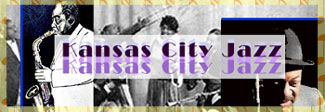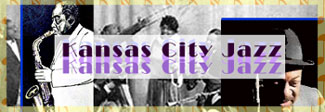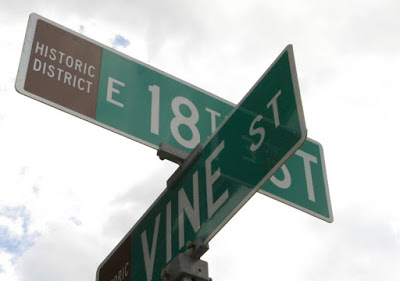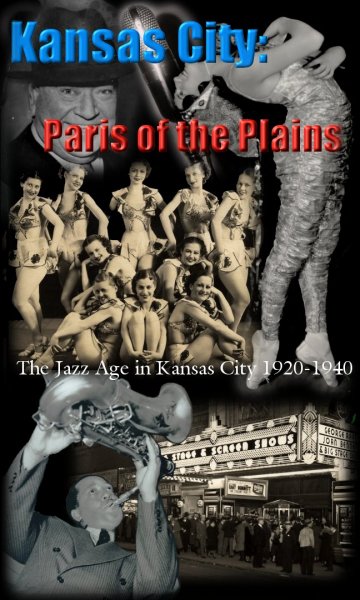
Good Morning POU!

In the 1920s, Kansas City emerged as a vital center of jazz. Black musicians from Kansas, Oklahoma, Texas and Colorado made their way to Kansas City’s nearly five hundred nightclubs, taverns, cabarets and honky-tonks to join local artists. This dynamic music scene rivaled Harlem and Chicago’s South Side. “Work was plentiful for musicians, though some of the employers were tough people…” recalled vocalist Mary Lou Williams. “I found Kansas City to be a heavenly city-music everywhere in the Negro section of town and fifty or more cabarets rocking on Twelfth and Eighteenth Streets.”

The southwestern origins of most of the jazz musicians who migrated to Kansas City generated the city’s distinct musical style, which historian Ross Russell describes as “grassroots…retaining its earthy, proletarian character…” because it drew inspiration from folk songs, ragtime and blues.
The African-American communities in Houston, San Antonio, Dallas, El Paso, Oklahoma City, Denver and Omaha provided the first audiences for little-known but ambitious jazz artists, eager to introduce buy viagra stockholm their particular musical style to the wider world.

The Dallas-based Alphonso Trent Orchestra musicians played gold-plated instruments, made $150 a week, wore silk shirts and camel hair overcoats, and drove Cadillacs as they performed from New York to South Dakota.
Check out the documentary trailer for Alphonso Trent and His Orchestra of Gold, coming soon!
Kansas City is a 1996 crime film, directed by Robert Altman and starring Jennifer Jason Leigh, Miranda Richardson, Harry Belafonte, Michael Murphy and Steve Buscemi. Kansas City is also notable for its musical score being integrated into the film, with modern-day musicians recreating the Kansas City jazz of 1930s.
Bennie Moten (November 13, 1894 – April 2, 1935) was a jazz pianist and band leader born in Kansas City, Missouri.
He led the Kansas City Orchestra, the most important of the regional, blues-based orchestras active in the Midwest in the 1920s, and helped to develop the riffing style that would come to define many of the 1930s Big Bands.

